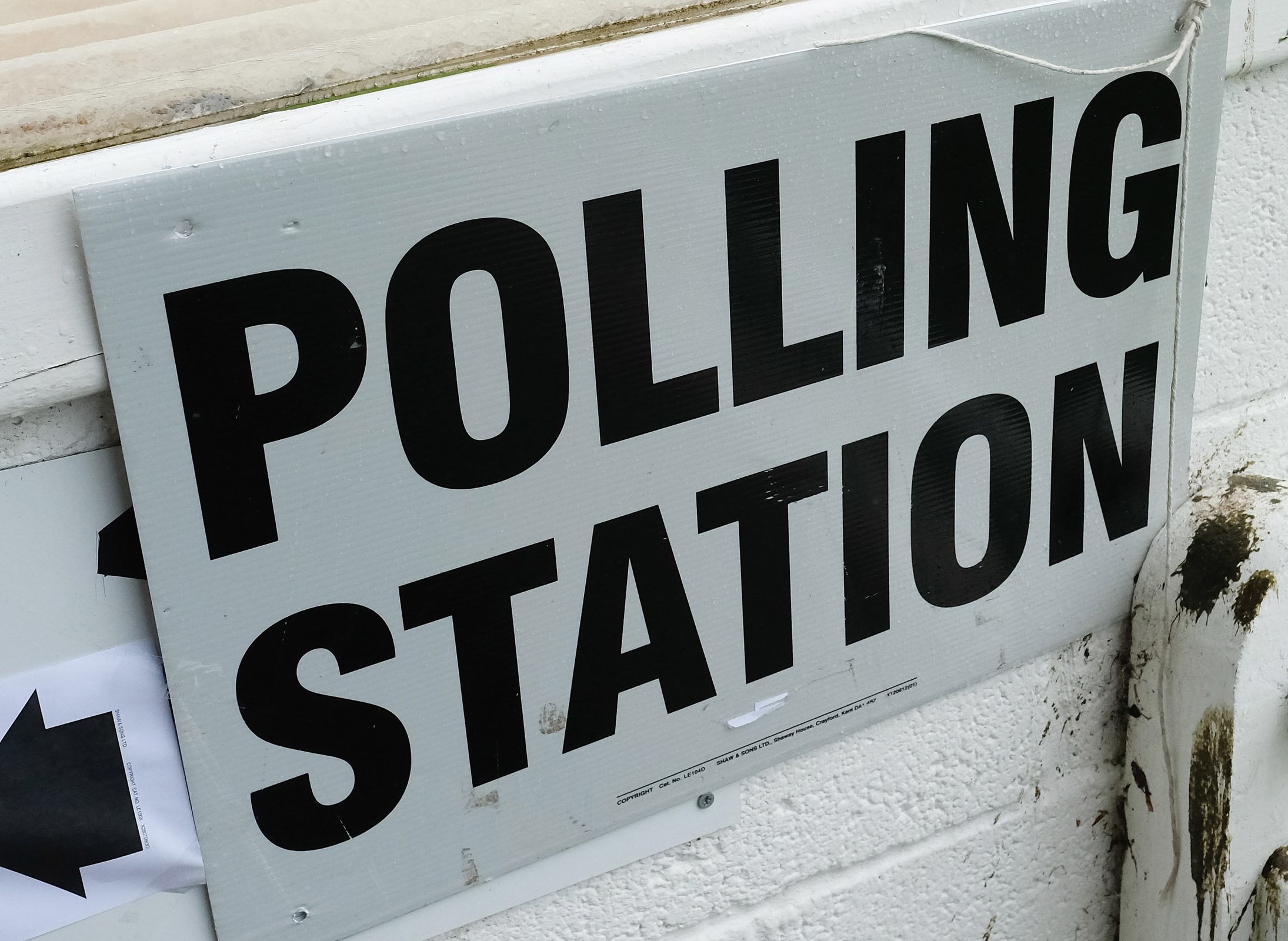The SNP and the Tories will again battle it out for the spoils in Angus with Mike Weir looking to regain the seat he has held for 16 years.
In its earlier incarnation as Angus South, the seat had been Tory territory, until the SNP’s Andrew Welsh took over when he was elected to Westminster as part of the group of 11 nationalist MPs in 1974.
The seat was then taken back by the Conservatives in 1979 by Peter Fraser before the constituency was abolished in 1983 to make way for the wards of Angus East and North Tayside.
The Angus East boundary included Aberbrothock, Arbroath Elliot, Arbroath St Vigeans, Brechin, Carnoustie, Eastern Glens, Montrose Lunan, and Montrose Northesk, and Monifieth and Sidlaw.
North Tayside included Forfar East and Dunnichen, Forfar West and Strathmore, Kirriemuir, and Western Glens.
Mr Welsh took the Angus East constituency back from Mr Fraser in 1987, before his slender majority was cut to just 954 in 1992, which made it the SNP’s shakiest seat.
The Angus constituency was created for the 1997 general election, replacing Angus East, and Mr Welsh took the seat with 20,792, with Sebastian Leslie from the Tories receiving 10,603 votes.
It has remained a two-horse race between the Nationalists and the Tories ever since.
Present incumbent Mike Weir first took the seat in 2001 despite a 13% reduction in SNP support compared to 1997.
North Tayside was a Conservative stronghold from its formation in 1983 until the SNP’s John Swinney took the seat in 1997 followed by Pete Wishart in 2001 before it was eventually abolished in 2005.
In 2005 – with Forfar and Kirriemuir now included in the Angus constituency – Mr Weir held his seat by just 1,601 votes but his advantage increased in 2010 when he took 15,020 votes compared to the Tories 11,738.
At the last election Mr Weir enjoyed a 14.7% increase compared to five years earlier – defeating Derek Wann of the Tories by 24,130 to 12,900 as the SNP took 59 seats across Scotland.










